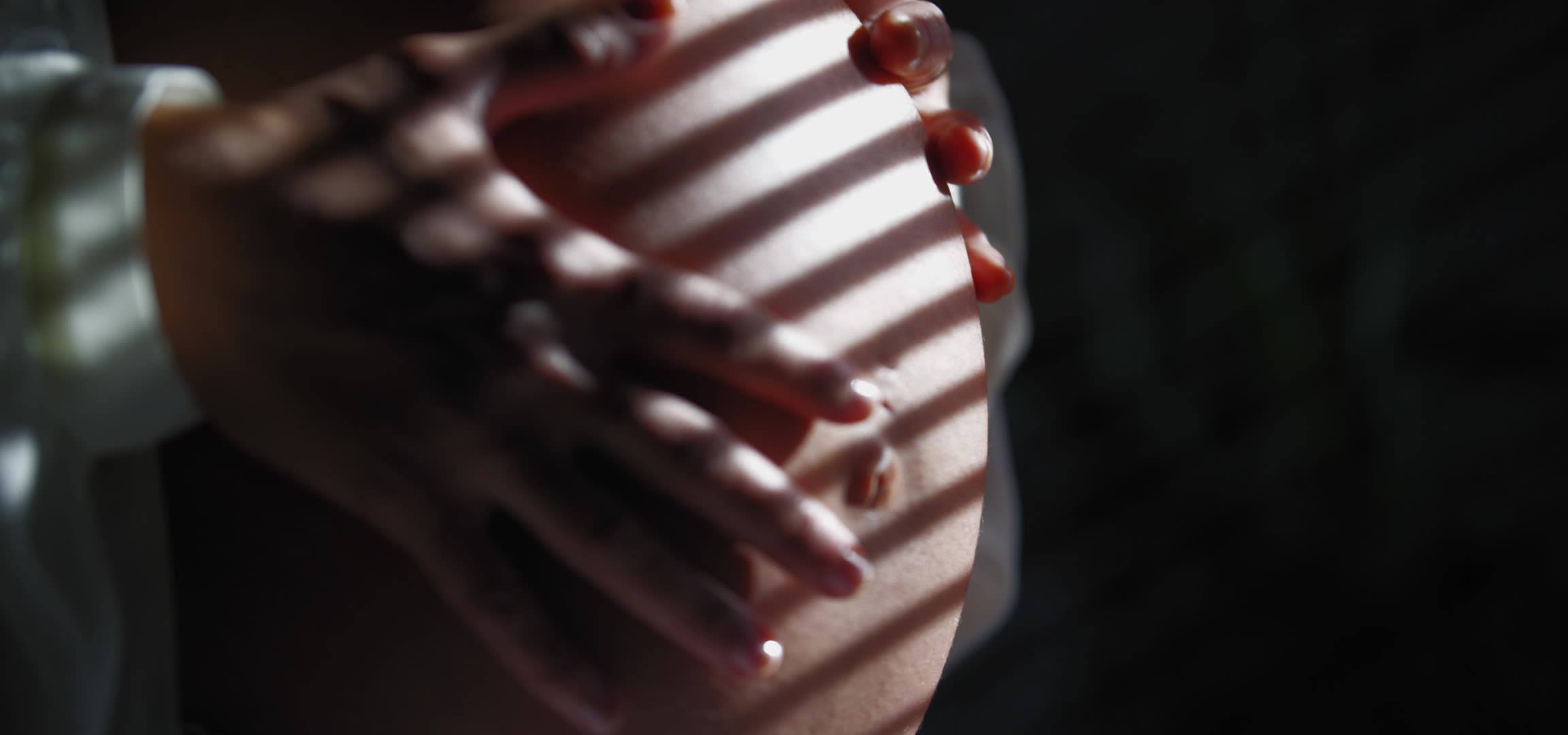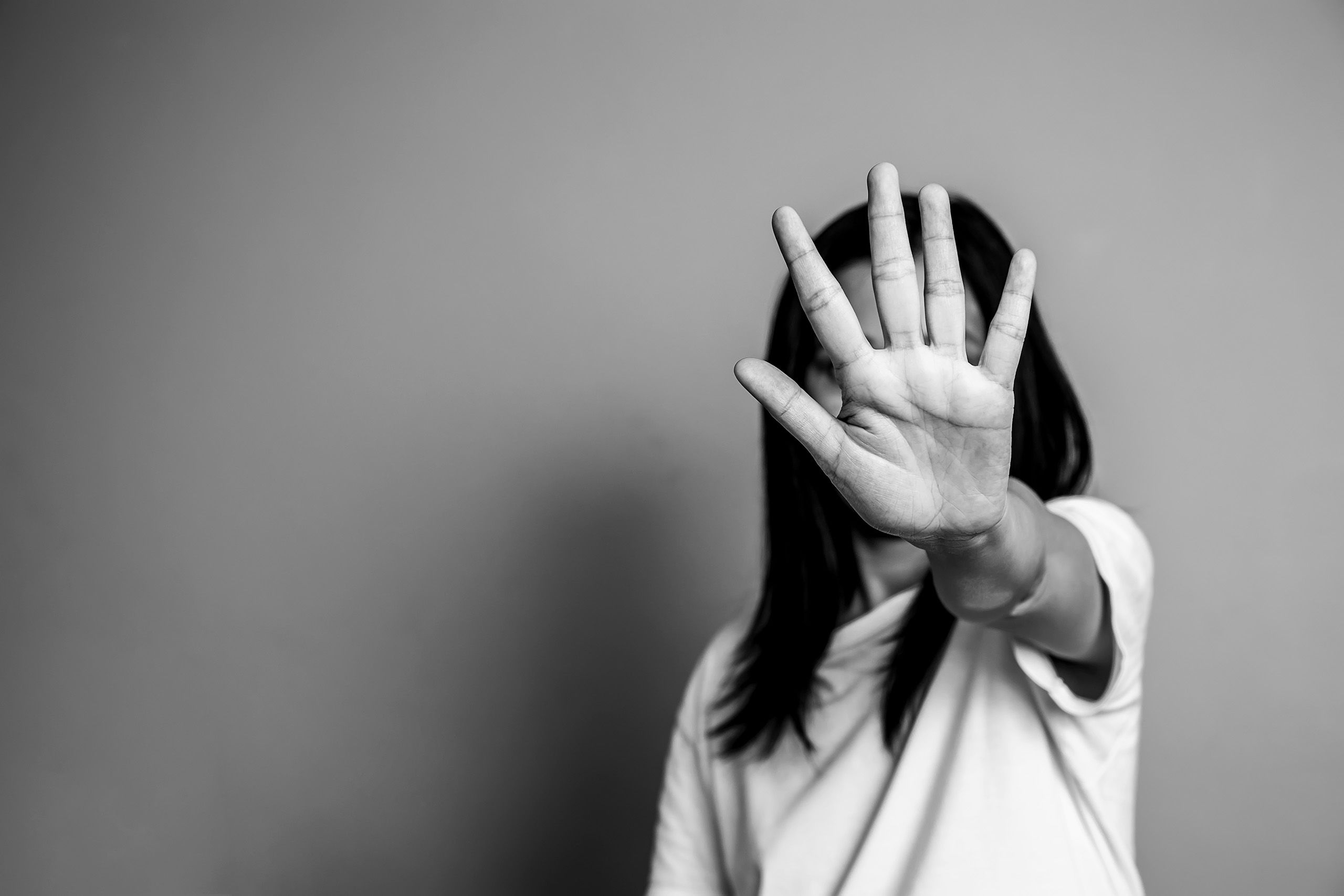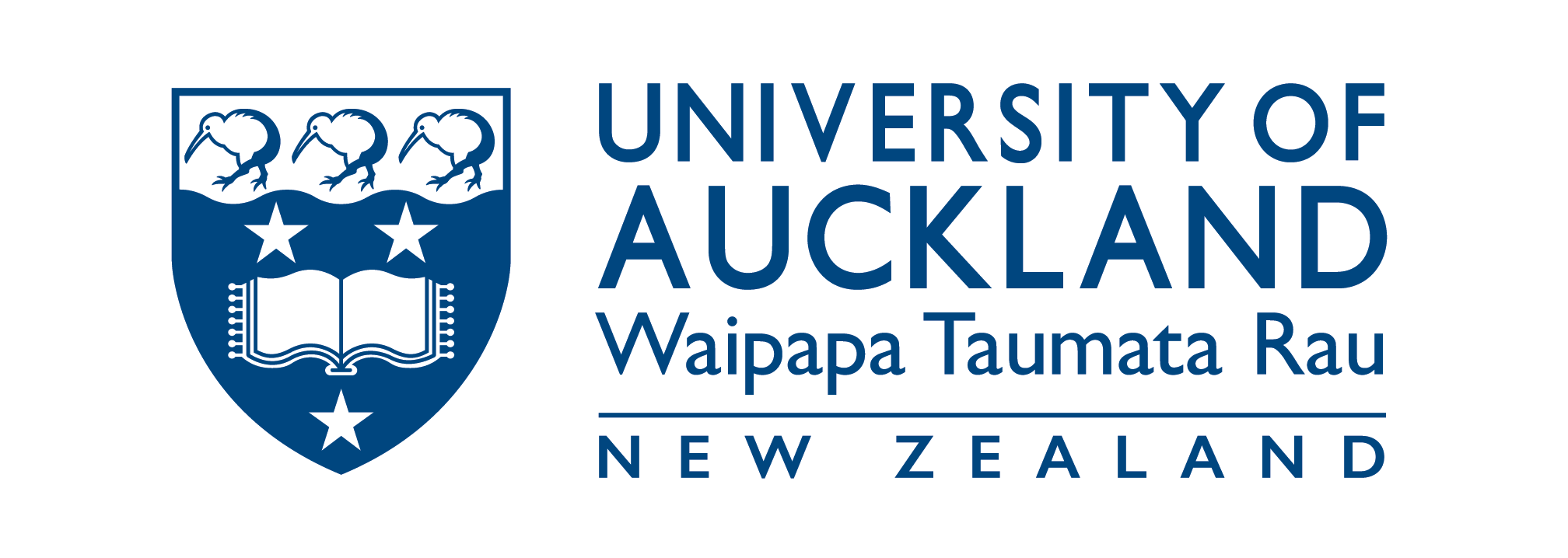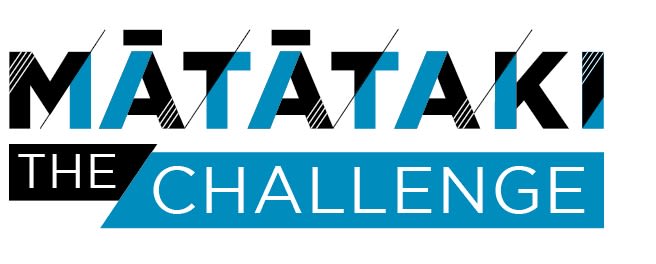The journey to the realm of light
A researcher shares a mātauranga Māori lens on difficult topics: from attitudes to abortion to ending sexual violence.

With due respect to those who toil over them, research papers tend to the dry and formal. So, it comes as a surprise to read this passage in a paper Indigenous (Māori) perspectives on abortion in New Zealand. “I have never had a medical abortion, though I went through a miscarriage as a teenager. I confided to my nan and was reassured by her advice not to blame myself as my body was just not developed enough to carry a baby.”
Psychologist Jade Le Grice is the lead author of the paper, and it is her experience she shares. Her reasons for doing so are inextricably linked to how she sees her roles and responsibilities as a Mana Wāhine (Māori woman) researcher, exploring the most intimate and contested aspects of our humanity, our sexuality, how we learn about it, express it and sadly what prompts the violence that can accompany it.
“For years and years, there's been a lot of research that's been done on Māori by others. And if research relates to Māori people, it's almost a standard expectation for Māori researchers to give a position statement to locate us in the work, ”she says.
The personal is political. We each carry baggage and it is transparent to acknowledge this. “If I’m being real, and putting my perspectives out there, then it’s helpful for people to know how I came to that understanding. It’s not through intellectual curiosity. There’s a genuine concern about what this means for a Māori woman, as someone who has lived experience of it.”
The paper explores Te Ao Māori perspectives on abortion. Le Grice says, “The societal framing on teen pregnancy has seen this constructed as a problem. Having a baby under 20 might be seen as an issue by some. But for cultures like Māori it’s not a problem at all, it’s a gift.”
One reason for the paper was her surprise at the paucity of research on attitudes toward abortion and early pregnancy by Māori. What research there was mis-represented what she had come to know as a wahine. A paper in the New Zealand Medical Journal in 1977 suggested that in pre-colonial times, abortion was widely practised due to ‘savagery’ while other research from the same period claimed it was not practised due to ‘superstition.’
“Sometimes you come across different domains of science or society, supposed ‘knowledge’ that was written about Māori that make you want to cry,” she says. Māori are statistically less likely to seek a termination than Pākehā, which could reflect broad rejection of abortion, inequitable access or many other reasons. In her paper her response was to note the earlier research and the negative narratives it perpetuated and instead record the actual views of Māori, to build a contemporary and thematic narrative from the people themselves.
Based on in-depth interviews with 43 participants, a mix of men and women, of ages, socioeconomic backgrounds and iwi, the research by Le Grice and co-author Virginia Braun, reveals a spectrum of perspectives. The paper notes that prior to colonisation there were accepted methods to end pregnancy through rongoa (medicinal plants), while infanticide and maternal suicide also happened with unwanted pregnancy.
The interviews present contemporary perspectives. A rural Māori elder woman gave her advice: “I’d just say look, have it and go and adopt it, if you want to adopt it. At least you know it’s being born into the world,” before emphasising ‘not that’, to avoid even use of the term abortion. A Māori man in his 40s, living in a city was pro-life, in that he would be prepared to raise a child himself, while also respecting a woman’s right to choose. Reflecting on unplanned pregnancy, another participant said this did not carry the burden of stigma and shame sometimes found in Pākeha communities, attributing this to the support of whānau.
The participants’ views and experience reflected the tension felt throughout wider society between a woman’s choice and the wish to protect new life. Le Grice spoke with a Māori woman, a community worker on behalf of abortion services. She had reworked the Māori cultural practice, whenua ki te whenua, where a baby’s placenta is buried within ancestral lands to include aborted pregnancy tissue. She said, “I think one of the biggest practice and traditions is about Māori women taking the whenua (afterbirth) home and I think that’s a huge thing.”
As the paper notes: “This practice may assist those who proceed with an abortion to honour a decision that may be at odds with their whanau, establish a process to acknowledge the spiritual existence conferred in conception (wairua) and address their responsibility to the whānau collective.” That practice of whenua ki te whenua is an example of specific reference to Māori cultural space in the revised national guidelines on abortion following the shift to decriminalise in 2020, which Le Grice contributed to.

Le Grice’s research interests sit at the confluence of sexuality, reproductive politics and sexual violence. For the latter, she is part of the Pae Takawaenga, TOAH-NNEST, the acronym for Te Ohaakii a Hine - the National Network Ending Sexual Violence Together. The network comprises about 40 specialist NGOs and many individuals working at flax roots level.
The name in Te Reo Māori is sober acknowledgement of the kaupapa. Ohaakii is the dying call of a person. The person is Hine, Hine-tītama, daughter of Tāne Mahuta, the creator of the world of light, Te Ao Mārama, that we live in today. Without knowing of their connection, she was pursued by and married Tāne Mahuta. The couple gave birth to their daughter Hine. When she realised her husband was her father, Hine was overwhelmed with shame at the knowledge of incest and chose to leave the land of the living to become Hine-nui-te-pō, the goddess of death.
The duality expressed in the legend, from light to darkness, mirrors the conundrums of Le Grice’s research. How does sex, a source of joy and well-being that brings new life to the world become sexual violence, coercion, oppression and generational tragedy? More important, how can the perpetrators and the victims of sexual violence find a way to return to the realm of light?
The figures for sexual violence for Māori are daunting. One in two Māori women face sexual violence, twice the rate of other women. The rates climb higher for Takatāpui lesbian or gay Māori. Sexual violence encompasses sexual assault, rape, incest and sexual abuse. While these are crimes, Le Grice says we should consider sexual violence more broadly. “The ‘violence’ word can sometimes obscure coercive experiences where people have been manipulated, for instance, to send sexually explicit material or nudes. People often don’t see that as violence, although we know that the impacts can be severe and wide-ranging.”
“Within this realm, we need to consider the many kinds of coercive sexuality that undermines a person’s well-being as within the scope of sexual violence.
Sextortion and revenge porn have become common terms. There might not be physical harm, but the impact on mental and psychological health is significant. “Within this realm, we need to consider any kind of coercive sexuality or sexuality that undermines a person’s well-being as within the scope of sexual violence. This is the key aspect. The question becomes about the quality of our relationships and sexual lives. Is a person’s mana recognised and enhanced or is their mana devalued to the point they are subject to practices that deny their agency and volition?”
At heart, her research aims to shine a mātauranga Māori light on sexuality: the negative and the positive as experienced by rangatahi. “One of the challenges in this space is that sexual violence has been characterised as a Māori cultural problem. Māori individuals are blamed in ways that are decontextualised from the unjust social contexts that produce these issues.”
Sexual violence happens in all cultures, but the legend of Hine-nui-te-pō speaks to Māori cultural responses to sexual violence before colonisation. Le Grice says there is evidence of ‘quite swift and severe’ sanction for people who sexually violated others. The answers, she says, to ending sexual violence for Māori can only come from Māori. “We need to stop others from trying to ‘fix’ Māori into place with labels and cede space for Māori to advocate for the things that matter to us.”
This entails revitalising mātauranga Māori and supporting Māori to take up decision-making roles in policymaking and funding decisions to prevent sexual violence. “A lot of the time it means addressing colonial discourses and their impact. It means revitalising our mātauranga Māori and connecting that to the intellectual property of expert practitioners and kaumātua who hold that knowledge.”
None of this is simple, nor easy, but for Le Grice, this is a wero or challenge she is willing to accept. We are sexual beings and within that comes the light and the dark, the ability to enhance or diminish mana. Le Grice says the toll of sexual violence for Māori must be confronted with mana as the focus for the healing to begin.



